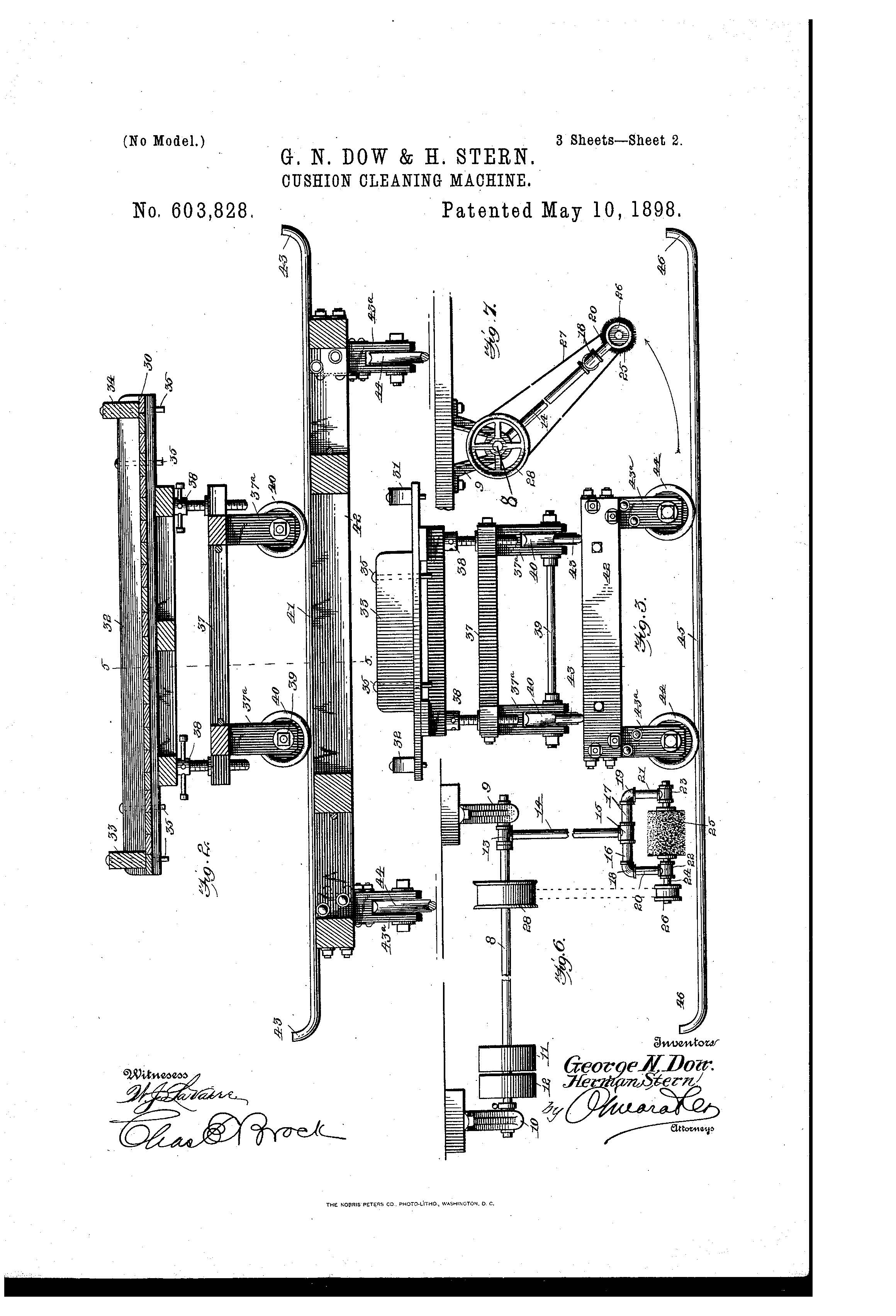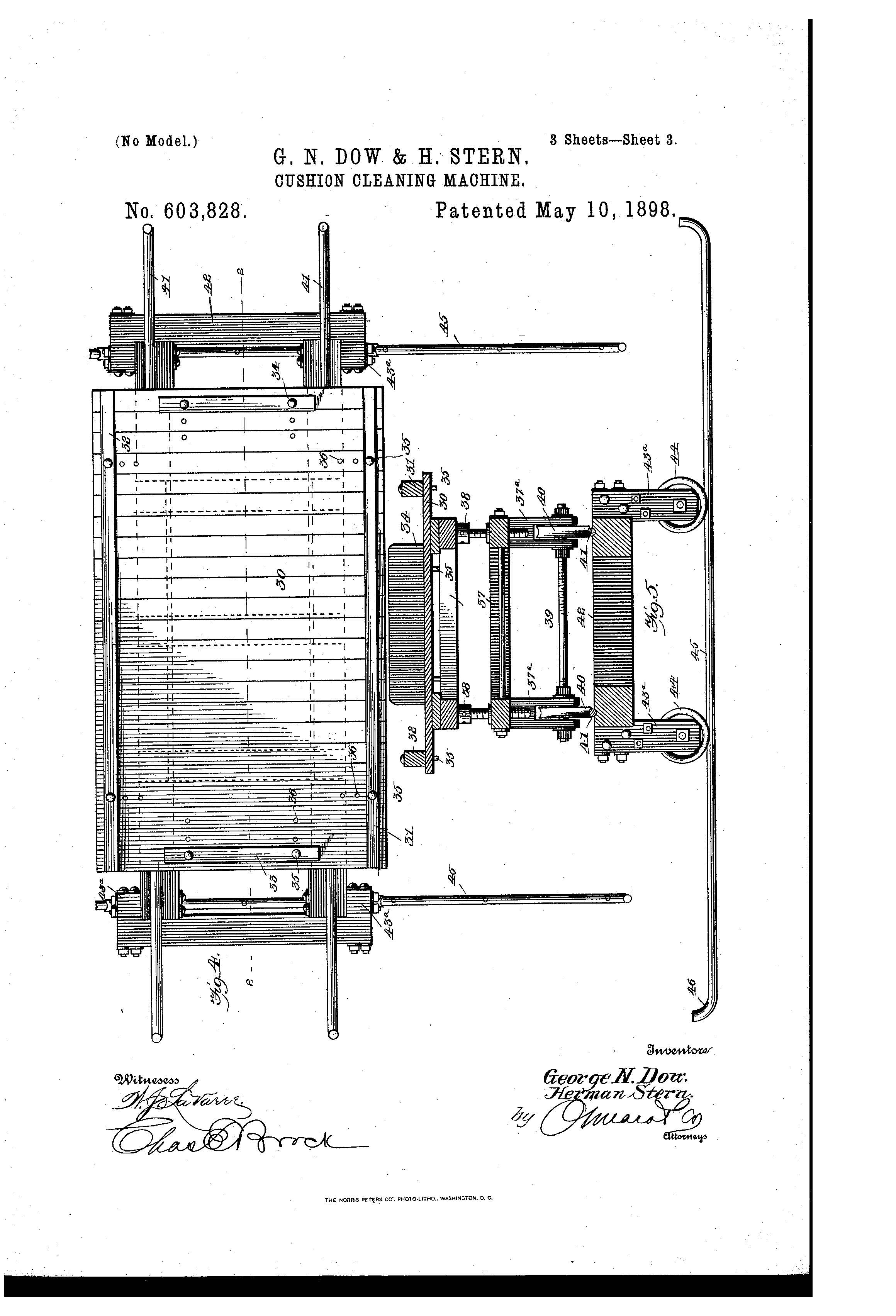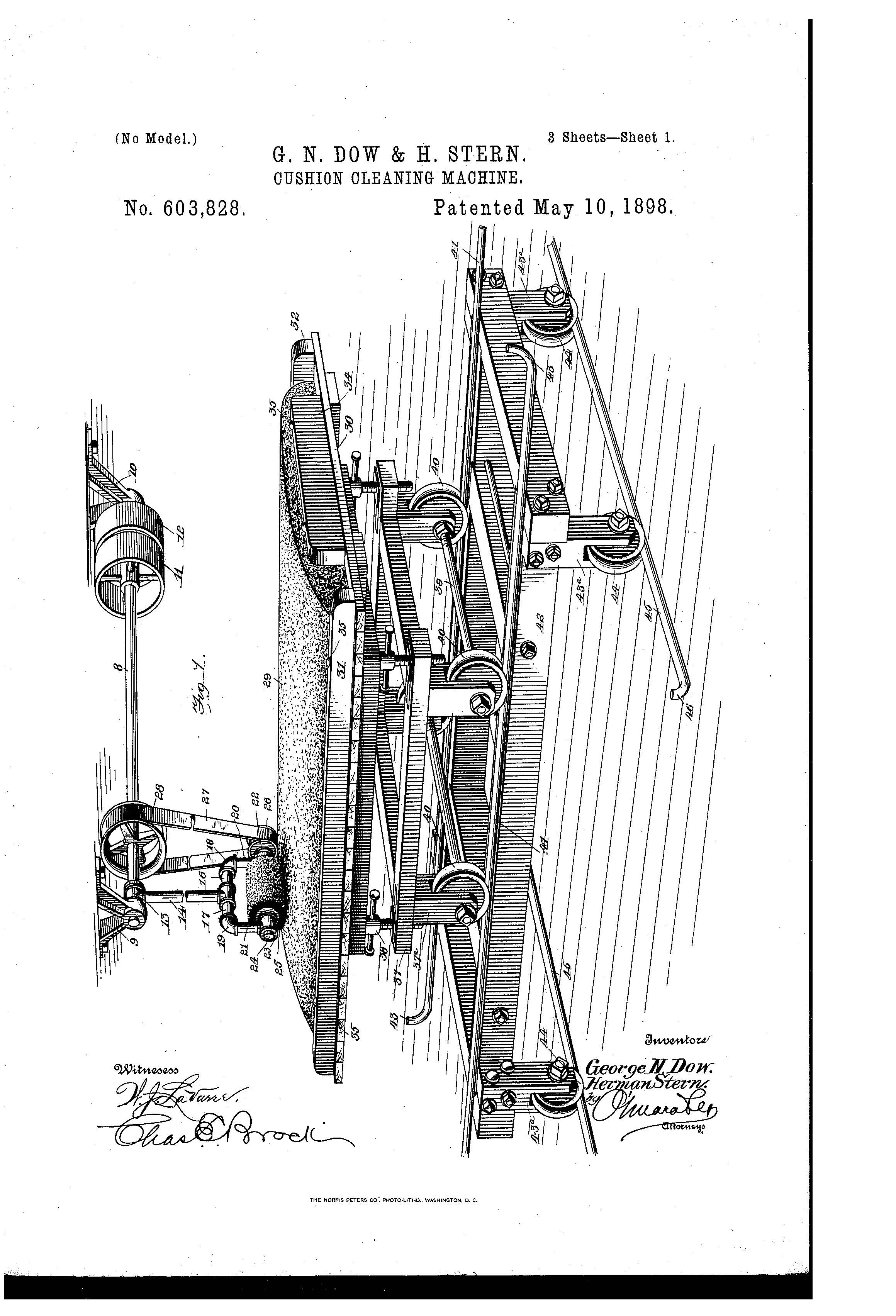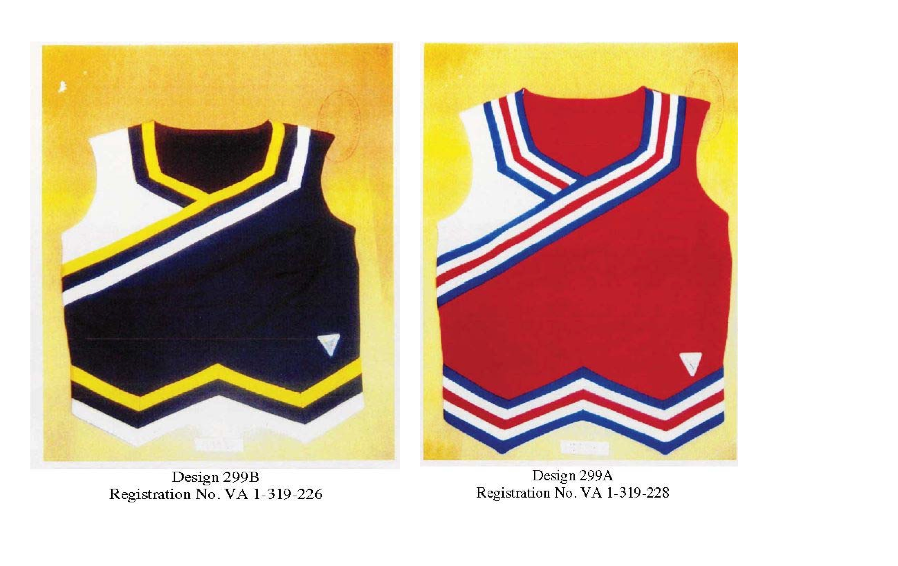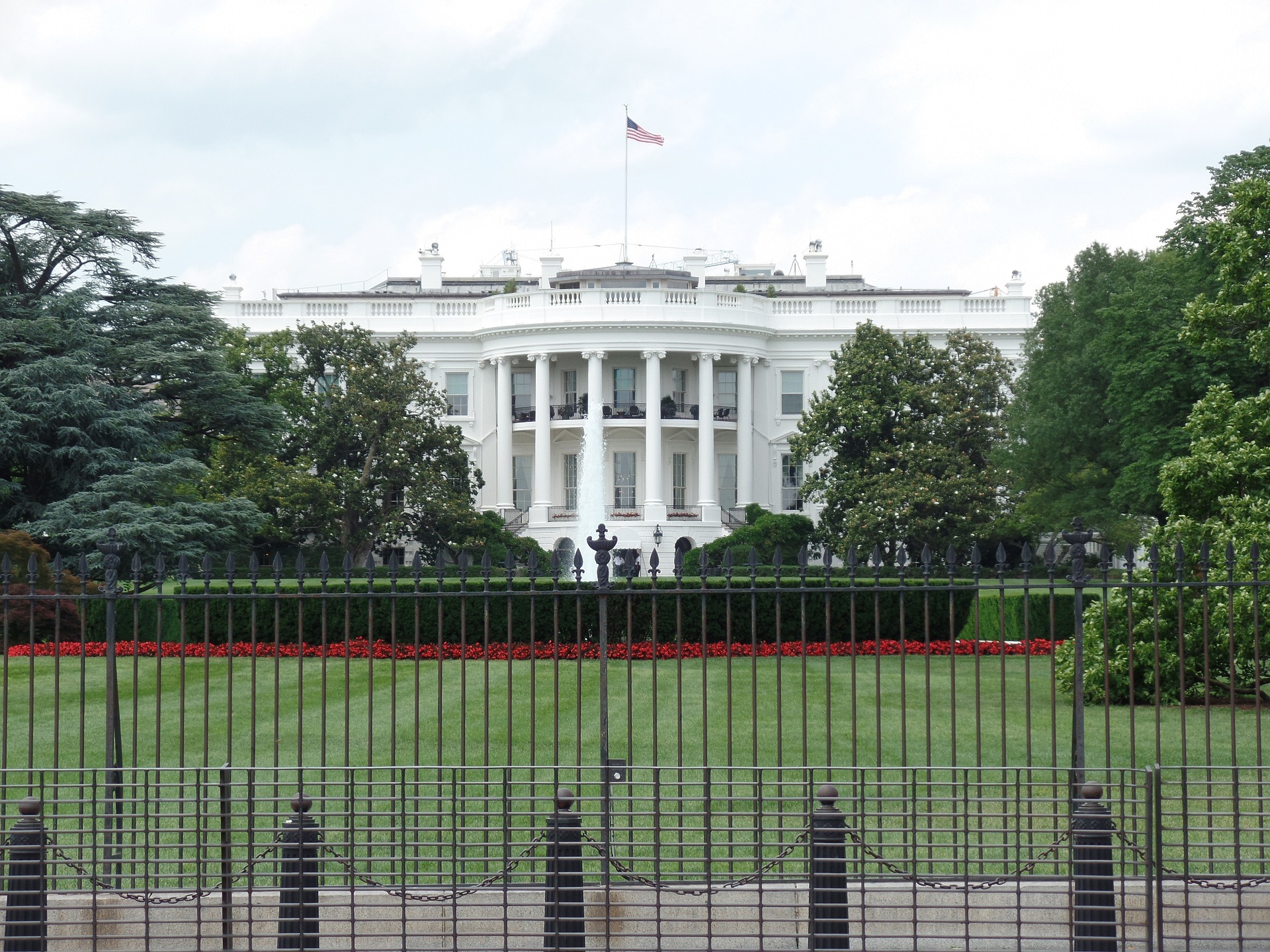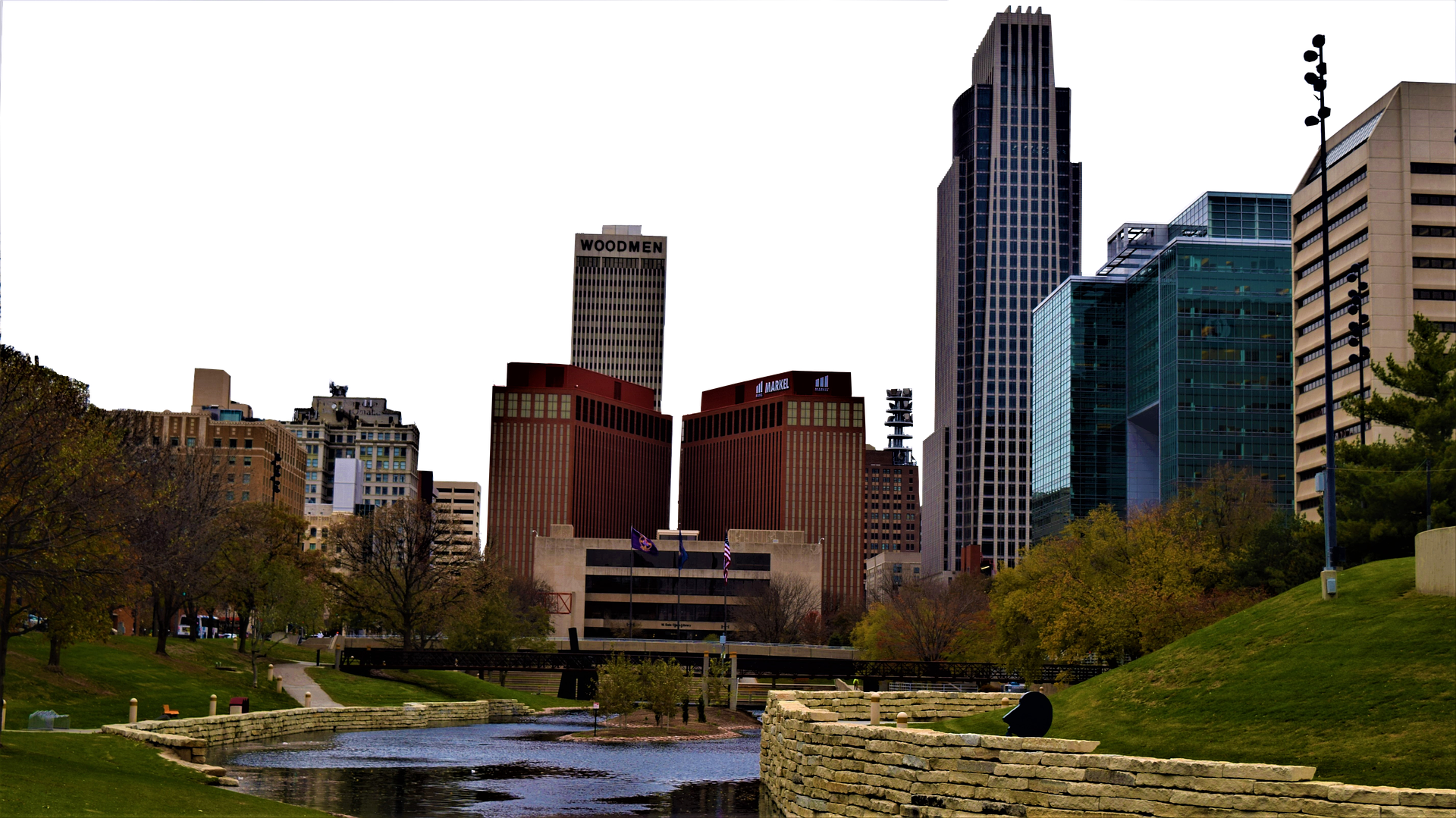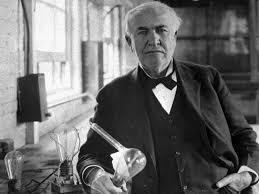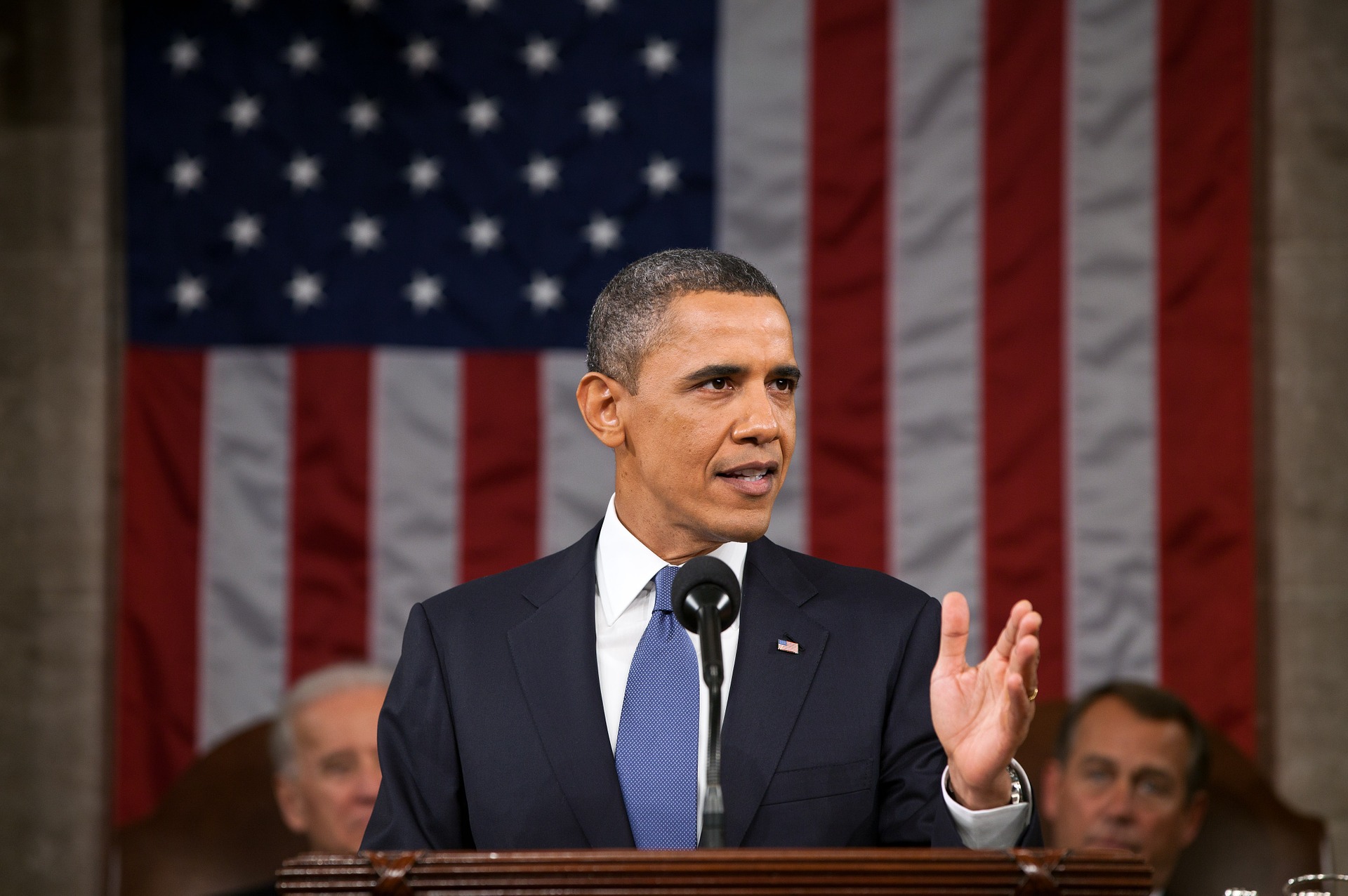Patent of the Day: Riding-Skirt
On this day in 1896, Haskel Silverman was granted the patent for Riding-Skirt. U.S. Patent No. 560,602.
This invention relates to ladies' riding habits, and has for its object the construction of a riding-skirt which shall conform to the figure of the rider when seated upon the saddle present a graceful appearance, and be free from the unsightly wrinkles common in riding-skirts as usually constructed.
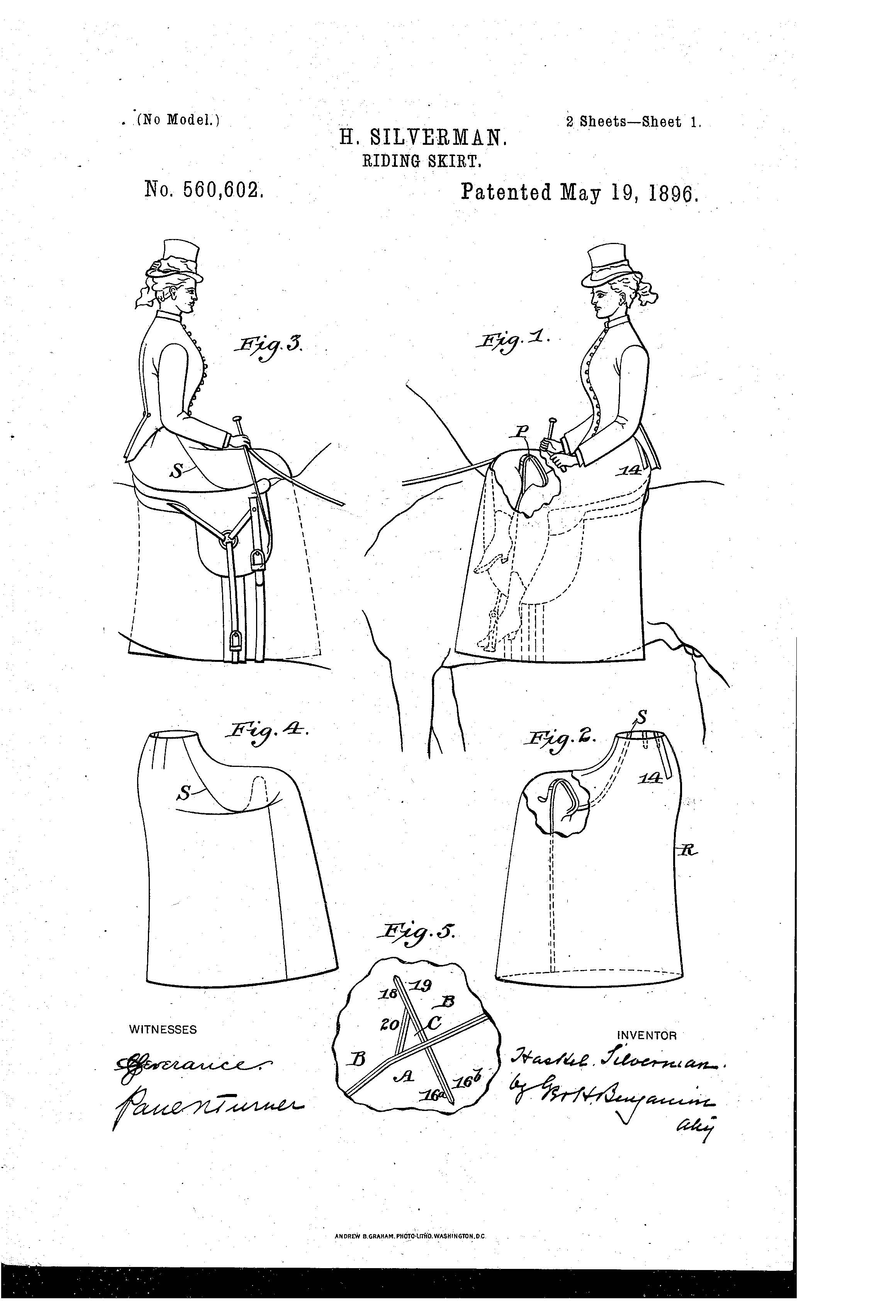
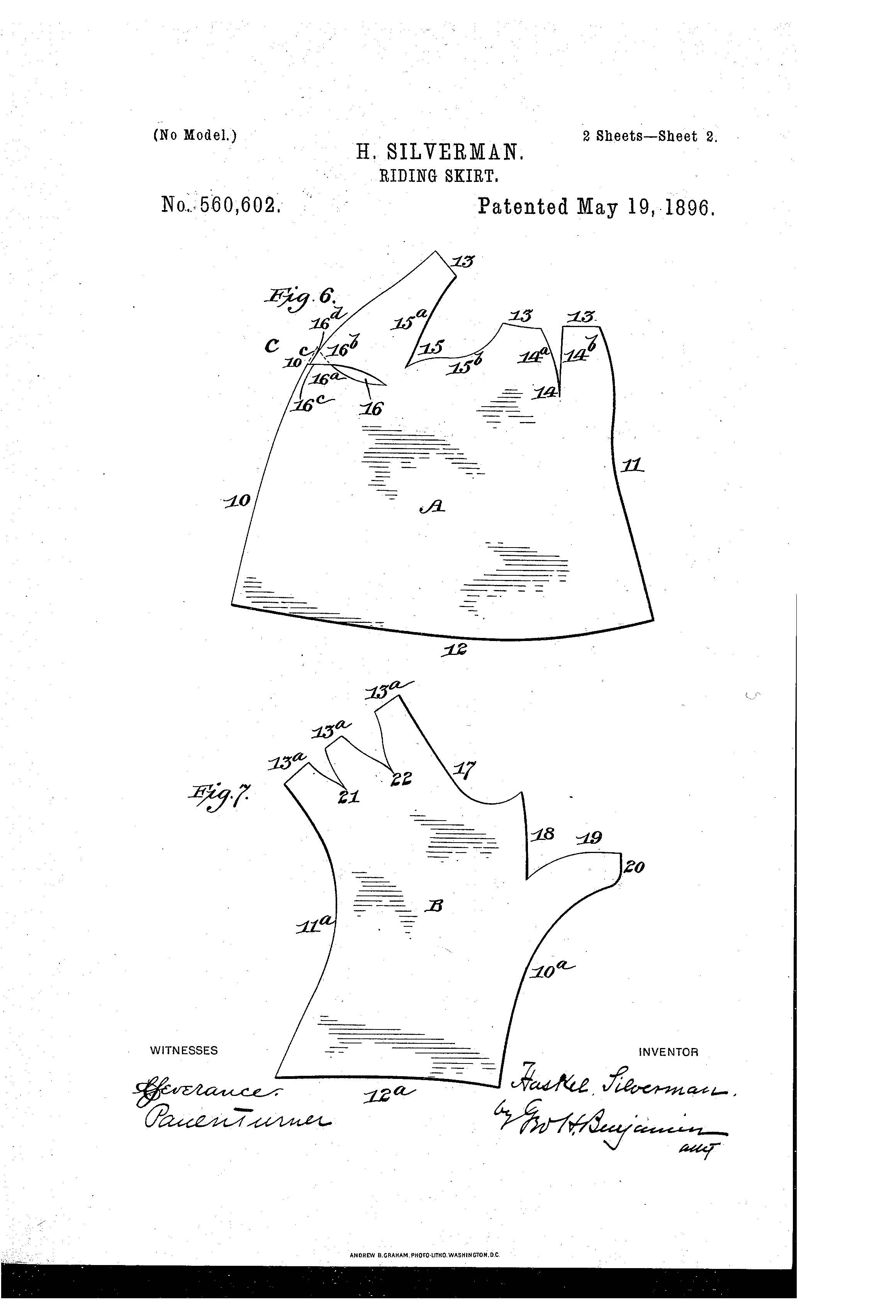
Patent of the Day: Cow's Tail Holder
On this day in 1915 Elmer Quick was granted the patent for Cow's Tail Holder. U.S. Patent No. 1,140,186.
This invention relates to the milking of cows, and the main object thereof is to so secure the tail of a cow that the cow may not switch its tail in an effort to rid itself of insects, such as flies, mosquitos, gnats, etc.; as is well known, strenuous efforts are being made in all civilized countries to inaugurate and maintain thoroughly sanitary conditions in dairies, whereby the milk may be shielded from any possible contamination, and it is equally well known that cows switch their tails continually, either to brush off flies and the like, or from a nervous habit, and this tends to brush foreign matter, such as dirt, dust, and the like into the pail during milking, particularly when the tail is filled with the filth of the yard or pasture, and it was in order to prevent such milk contamination that this invention was conceived.
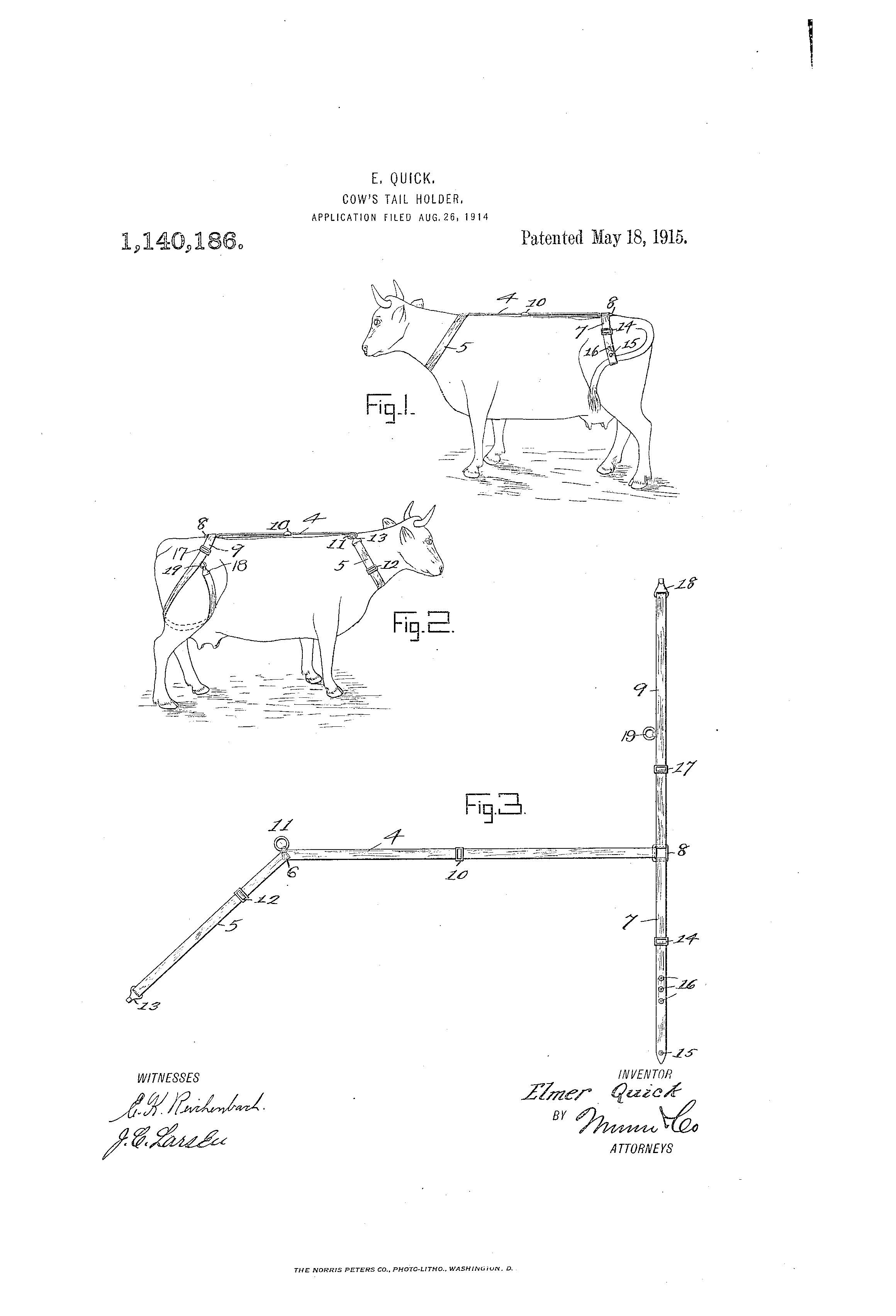
U.S. Supreme Court to Rule on Whether Cheerleading Uniforms Are Eligible for Copyright Protection
Cheerleading and cheerleaders’ uniforms are not subject matter that one would typically associate with the United States Supreme Court, but that is about to change. The Supreme Court will hear a copyright dispute between two manufacturers of cheerleading uniforms, Varsity Brands Inc. and Star Athletica LLC. The case involves the question of whether stripes, zigzags and colors worn on uniforms can be copyrighted. While this is undeniably an unusual case, the effects of it could be far-reaching for the fashion world.
On August 2015, in a split decision, the 6th Circuit Court of Appeals in Cincinnati allowed Varsity Brands Inc. to pursue a copyright claim against Star Athletica LLC based on a uniform design. The Court found that the stripes, chevrons, zigzags, and color blocks in the outfits were more than aesthetic touches – and, in fact, made the outfit a cheerleading uniform. “The design of a rose and ‘the placement of that rose repeated in horizontal rows against an ornate background’ on fabric receive copyright protection,” said the 6th Circuit Court. “But the creative arrangement of sequins, beads, ribbon, and tulle, which form the bust, waistband of a dress, do not qualify for copyright protection because each of these elements (bust, waistband, and skirt) all serve to clothe the body.”
Copyright law covers “works” literary, artistic, dramatic and musical; and “materials” other than works, sound recordings, films, TV and radio broadcasts, and published editions. Despite repeated efforts by those in the clothing industry, Congress has not chosen to extend copyright protection to clothing designs.
The Supreme Court is expected to hear arguments and decide the case during the Court’s next term, which begins in October 2016 and ends in June 2017.
Patent of the Day: Paper Clip
On this day in 1921, Clarence C. Collette was granted the patent for Paper Clip, U.S. Patent No. 1,378,525.
This invention has for its object to produce a means for securing plurality of sheets together, commonly known as a paper clip wherein are formed sharply pointed projections for penetrating and engaging the sheet material, such as paper, to prevent removal of the clip or the separation of one or more of the sheets from the clip. In this invention the projecting points are located on the opposite sides of a bent clip having its parts preferably located in the same plane, it being particularly adaptable to a clip which is of the form of a flattened oblong spiral well known in the stationary arts.
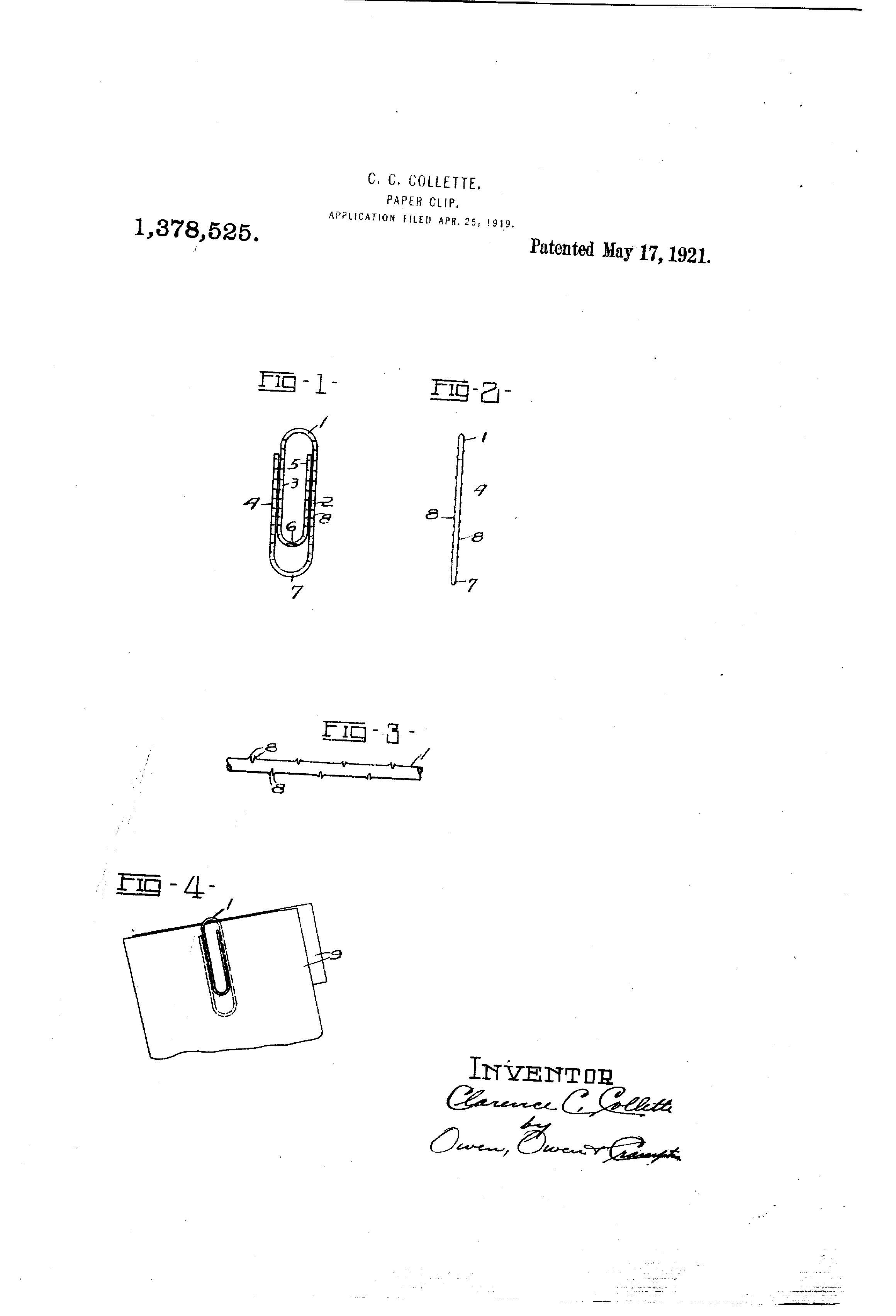
White House Critiques Non-Compete Agreements
The White House, citing a commitment to improve US trade secrecy law through the Defend Trade Secrets Act (DTSA), released a new report that critiques non-compete agreements and the state laws that fervently enforce those agreements. The report identifies that non-compete agreements are tied up with trade secret enforcement, but proposes a large number of non-competes are not utilized for that purpose.
The new law has been described by some as the “most significant expansion of federal law in intellectual property since the Lanham Act in 1946,” as it creates a federal private cause of action for trade secrets misappropriation. Prior to the adoption of the DTSA, civil actions for trade secrets misappropriation was largely a matter of state law, with no uniform adoption among the states.
The DTSA explicitly states that it does not preempt state law and does not replace state trade secret law. Thus companies are not prohibited from filing their claims in state court, but rather, the DTSA provides them with an additional litigation option by allowing them to bring lawsuits automatically in federal court.
The White House report explains:
[T]he U.S. economy faces a number of longer-run challenges, some of which go back several decades. In at least part of the economy, evidence suggests that competition for consumers and workers is declining, and the number of new firms each year is experiencing a downward trend. In addition to this trend, there has been a decrease in ‘business dynamism’—the so-called churn of firms and who is working for whom in the labor market— since the 1970s. One factor driving these issues may be institutional changes in labor markets, such as greater restrictions on a worker’s ability to move between jobs. To address these and other issues that limit competition in the marketplace, the President has directed executive departments and agencies to propose new ways of promoting competition and providing consumers and workers with information they need to make informed choices, in an effort to improve competitive markets and empower consumers’ and workers’ voices across the country. Building on these efforts, this document provides a starting place for further investigation of the problematic usage of one institutional factor that has the potential to hold back wages—noncompete agreements. These agreements currently impact nearly a fifth of U.S. workers, including a large number of low-wage workers. . . .
The main economically and societally beneficial uses of non-competes are to protect trade secrets, which can promote innovation, and to incentivize employers to invest in worker training because of reduced probability of exit from the firm. However, evidence indicates that non-competes are also being used in instances where the benefit is likely to be low (e.g., where workers report they do not have trade secrets), but the cost is still high to the worker.
Although no immediate action will be taken by the White House, it is expected to offer discussion points in an effort to expand the ongoing conversation on non-compete agreements.
Patent of the Day: Drive-In Theater
On this day in 1933, Richard J. Hollingshead was granted the patent for Drive-In Theater. U.S. Patent No. 1,909,537.
His invention related more particularly to a novel construction in outdoor theaters wherein the performances, such as a motion picture show or the like, may be seen and heard from a series of automobiles so arranged in relation to the stage or screen, that the successive cars behind each other will not obstruct the view.
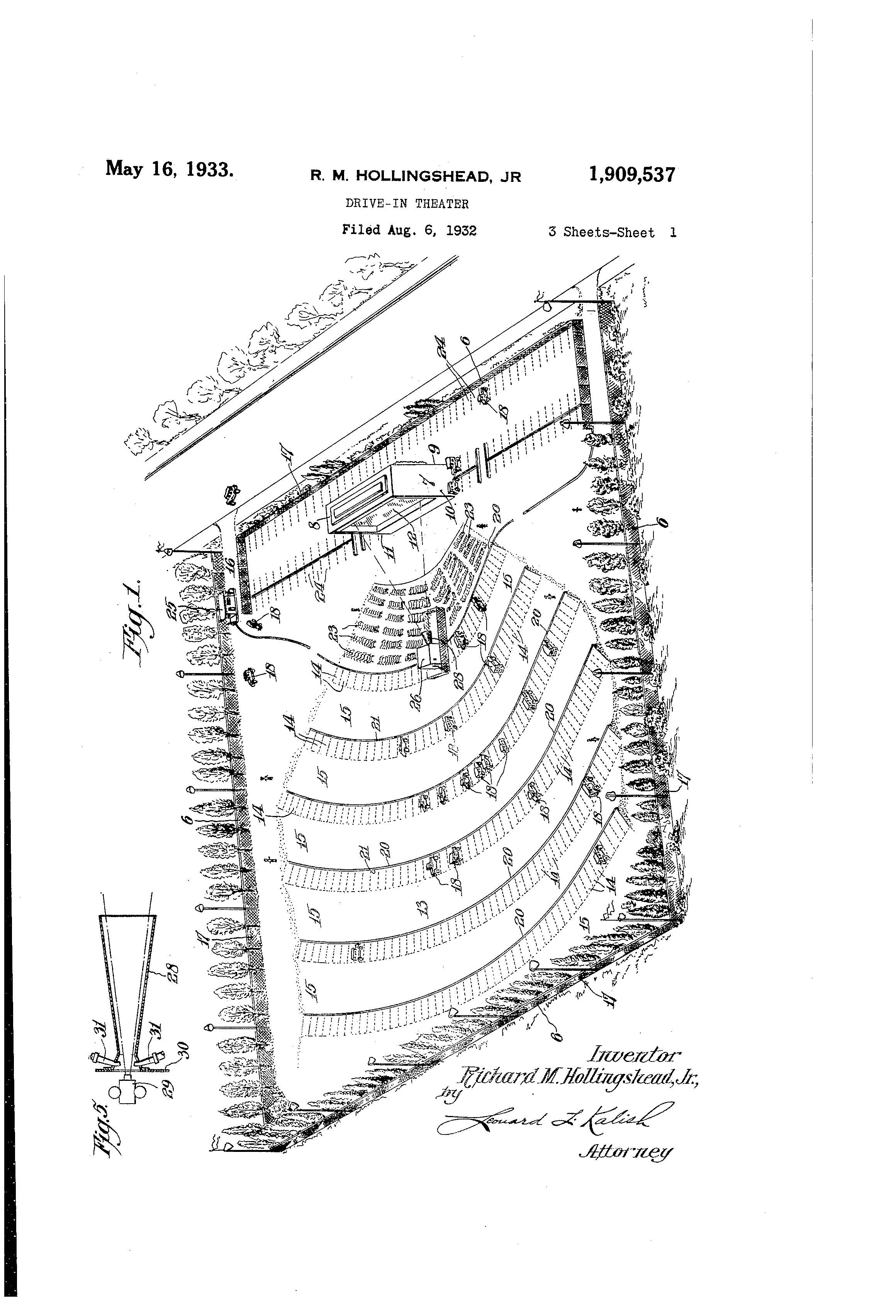
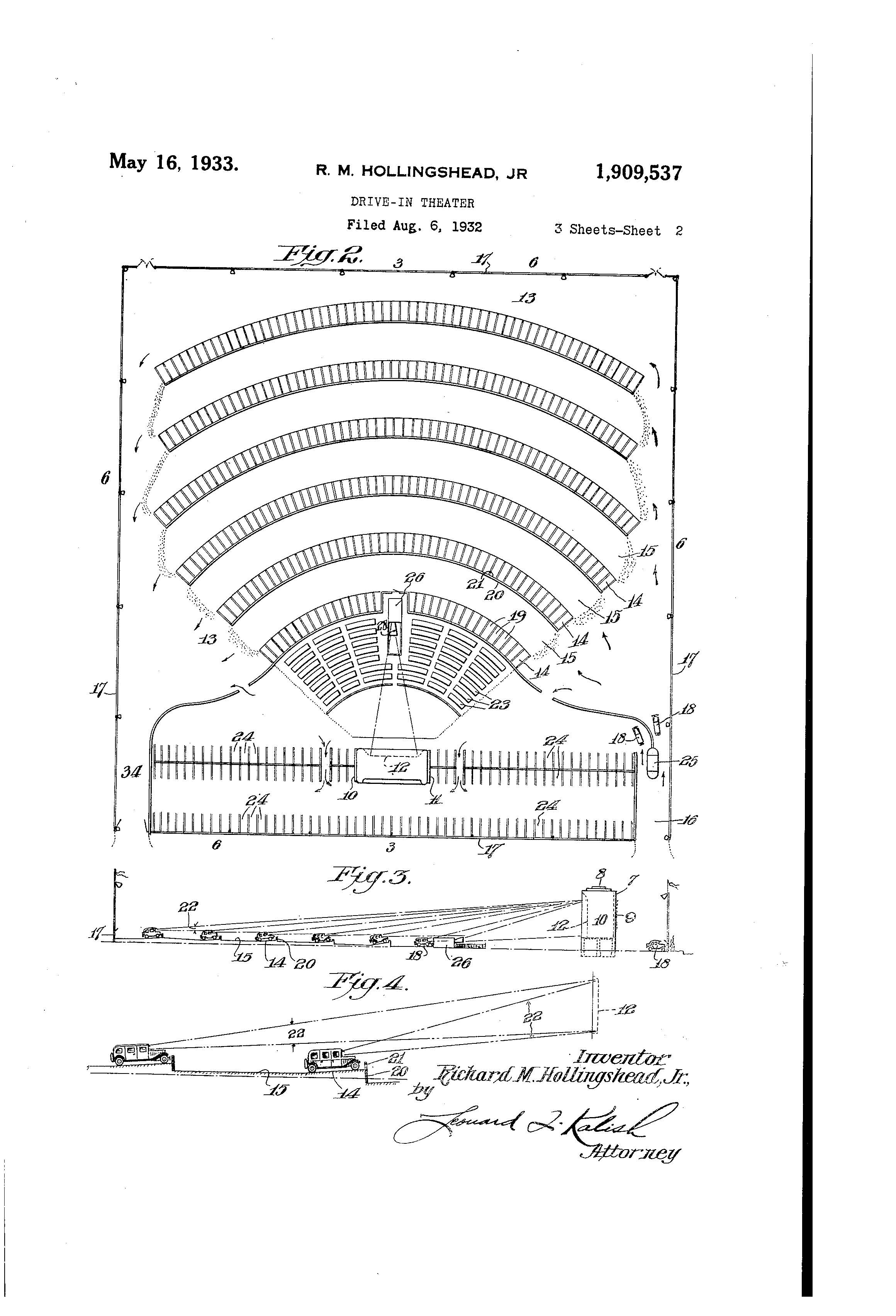
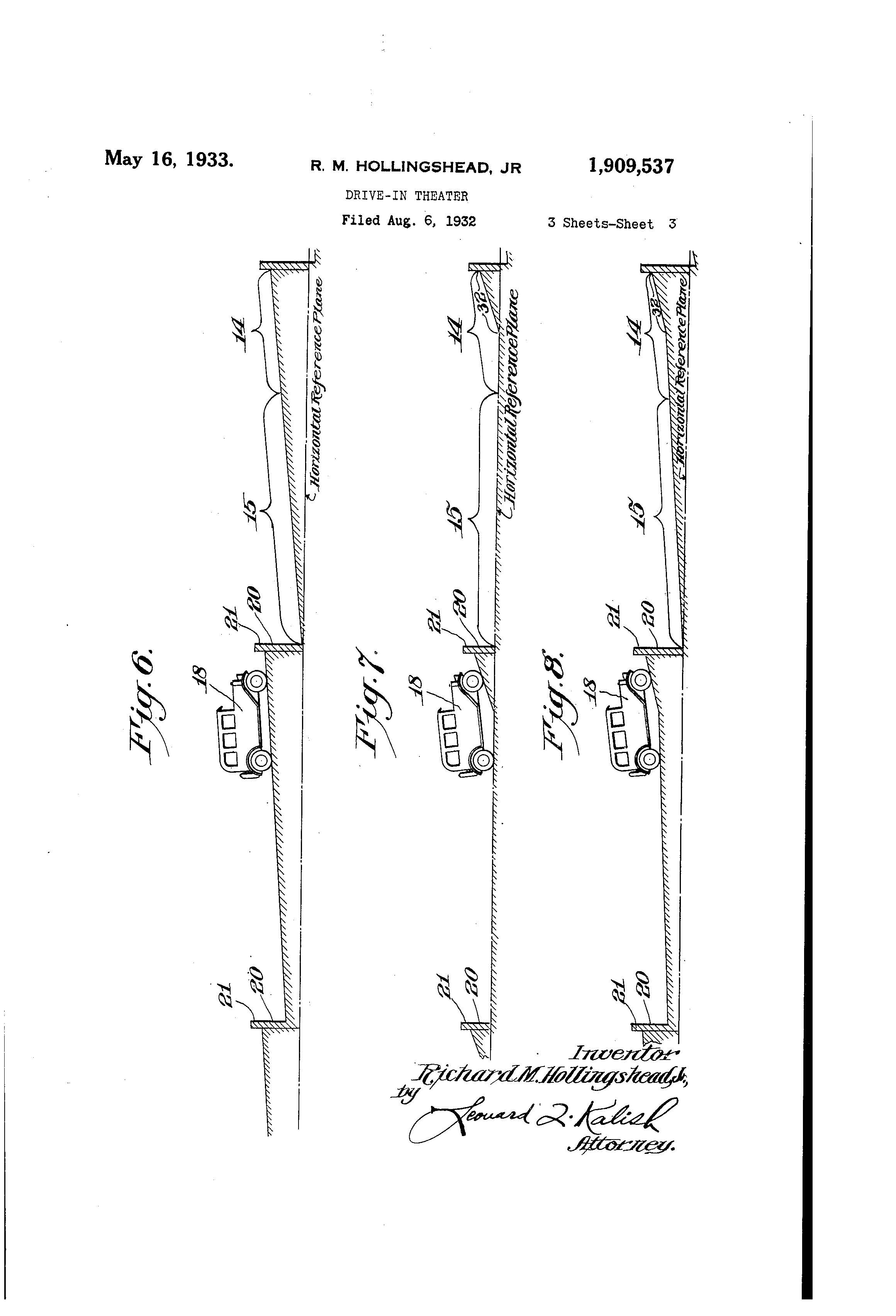
Nebraska's Upswing in Venture Capital Total a Positive Trend
Recently in a Washington Post opinion essay it was stated that 78 percent of venture capital goes to only three states: California, New York and Massachusetts. But Nebraska has also had a significant increase in venture capital over the past few years.
In 2012, venture capital for Nebraska startups and young tech firms totaled $3.1 million, according to the State Science and Technology Institute. In 2013, the total rose to $11 million. In 2014, it was up to $41.5 million.
In 2015, the total leaped to $119 million.
Click here to read more.
Today in History: Edison Sues Over New Motion-Picture Technology
May 13, 1898, Thomas Edison sued the American Mutoscope Company claiming the studio infringed on his patent for the Kinetograph Camera.
By this time in his career Edison had already invented the Phonograph or Speaking Machine, the Electric-Lamp and other important technologies. In 1887 he moved his Menlo Park, New Jersey laboratory to Orange, New Jersey and handed over the development of a machine that could capture moving images to his assistant W.L.K Dickson. Dickson helped design the Kinetograph and the Kinetoscope and Edison publicly demonstrated the machines in 1891.
Edison recognized financial drawbacks to the format and style to the cameras Dickson designed so he acquired the rights to a camera called the Vitascope developed by his other assistants, C. Francis Jenkins and Thomas Armat. Dickson secretly went on to help Edison’s competitors develop a similar motion-picture device, which later came to be known as the Mutoscope, in doing this Dickson was fired by Edison.
Dickson ventured out to found a movie company called American Mutoscope (later renamed American Mutoscope and Biograph, then renamed Biograph). In the lawsuit filed in May 1898, Edison accused American Mutoscope of stealing his work. In 1902, the U.S. Court of Appeals ruled that Edison did not invent the motion-picture device, but allowed that he had invented a specific section of the camera, the sprocket system.
Edison didn’t let this set him back, he went on to join forces with filmmakers to create Motion Pictures Patents Corp., an organization devoted to protecting patents and stopping others from entering the film industry. The organization was later deemed an unfair monopoly by the courts and in 1917 the Supreme Court dissolved their trust.
Patent of the Day: Ant Trap
On this day in 1941, G.G. Wittwer et al. were granted the patent for Ant Trap. U.S. Patent No. 2,242,099.
One of the objects of this invention is to provide an ant trap which is so constructed that it will stand a tremendous amount of rough handling or abuse, without the parts becoming displaced or disassembled, so that after the trap has been assembled with the insect bait or poison within the trap and the same hermetically sealed during the assemble operation, no material will escape from the trap during packing shipping, storage or handling. Furthermore, the trap is so constructed that children cannot get into it, and neither can animals, such as dogs and cats. Consequently the chances of any person or animal being poisoned by the material are substantially nil.
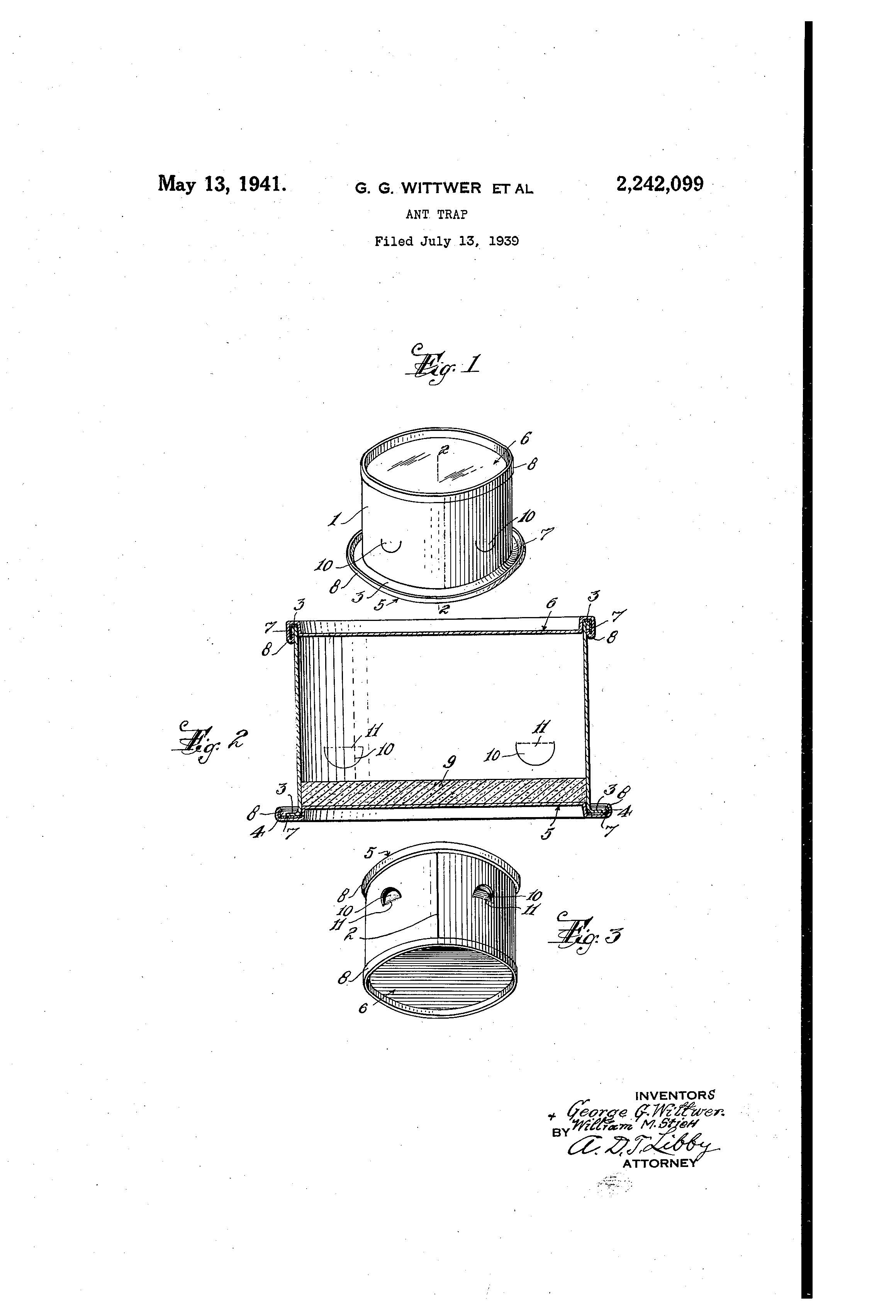
Obama Signs Federal Trade Secrets Bill Into Law
As an update to our April 28, 2016 article on the passage of the DTSA, Wednesday the 11th of May, President Barak Obama signed into law S.1890 , a bill that provides a new tool in preventing theft of trade secrets from companies. This legislation will amend the Espionage Act of 1996 to create a federal civil remedy for stealing trade secrets. This will give innovators another path in which to protect their intellectual property and provide them uniformity when protecting their trade secrets.
"One of the biggest advantages that we've got in this global economy is that we innovate," Obama said at a signing ceremony. "We come up with new services, new goods, new products, new technologies. Unfortunately, all too often, some of our competitors, instead of competing with us fairly, are trying to steal these trade secrets from American companies, and that means a loss of American jobs, a loss of American markets, a loss of American leadership."
According to the Commission on the Theft of American Intellectual Property trade secrets theft costs the economy more than $300 billion a year.
Utah Senator Orrin Hatch (R), the bill’s sponsor said in a statement “Enacting the Defend Trade Secrets Act is the most significant intellectual property development in years, and it demonstrates that Republicans and Democrats can work across the aisle in seeking to advance important public policies that will benefit the American people and boost our nation’s economy,”
Read more about the DTSA legislation here.
Patent of the Day: Shoe Stretcher
On this day in 1909 Charles Lewis Passmore was granted the patent for Shoe Stretcher. U.S. Patent No. 921,152.
The object of this invention is to provide a shoe stretcher of simple, durable and inexpensive construction, designed to be permanently secured to a stationary support in such position that it is readily and easily accessible for use, and also so arranged that it may be adjusted for stretching shoes of different sizes and shapes, and for applying pressure to shoes at different points, as required in stretching shoes to comfortably fit the wearer's feet.
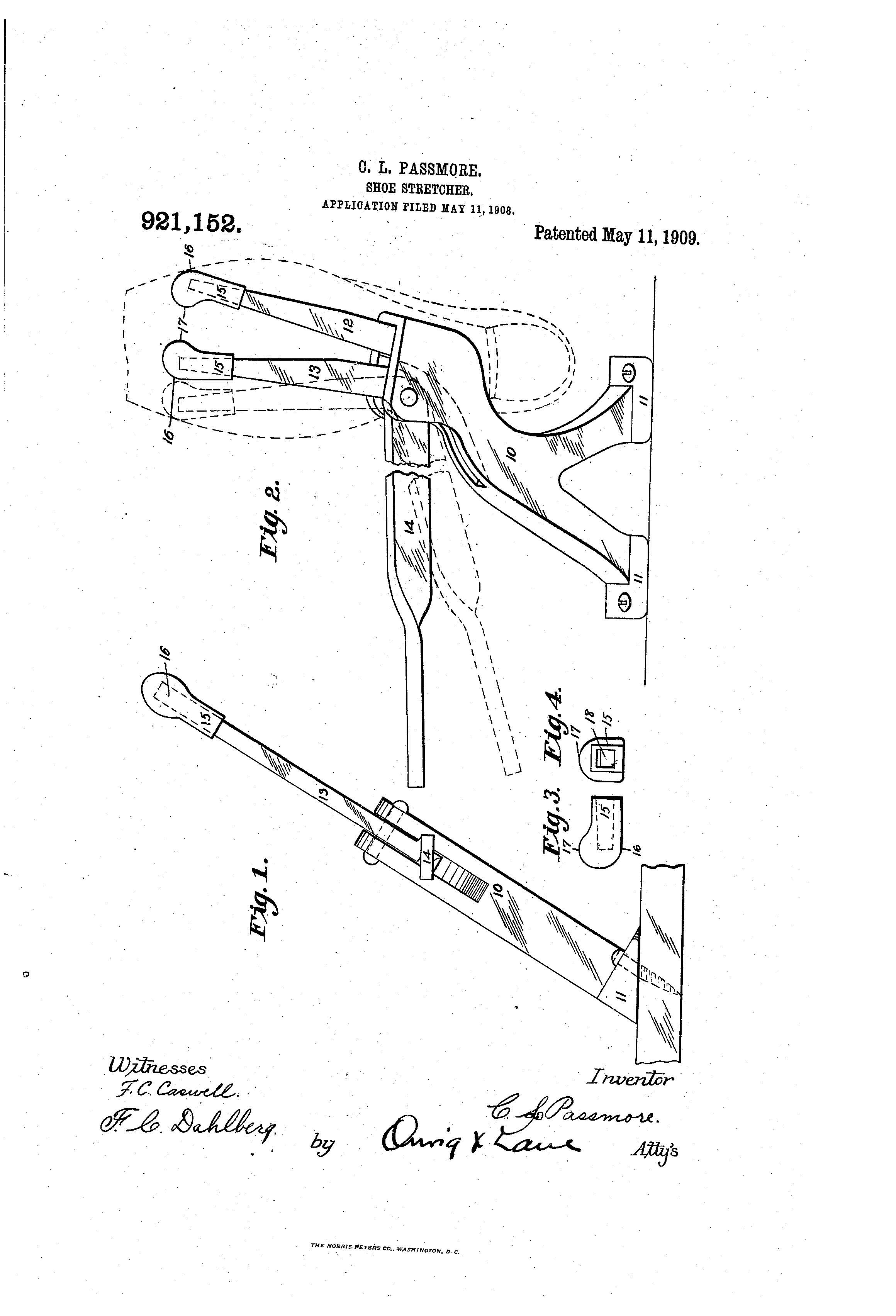
Patent of the Day: Cushion Cleaning Machine
On this day in 1898, George N. Dow and Herman Stern were granted the patent for Cushion Cleaning Machine. U.S. Patent No. 603,828.
Their invention is in the nature of a machine for cleaning the cushions of car seats and backs and any analogous fabrics or devices.
The object of their invention is to dispense with hand labor in cleaning the cushions of car seats and backs, and especially in the later portion of the operation of cleaning such seats by a process known as the "French" process, and while dispensing with such laborious hand work to perform the necessary operations with greater speed, regularity, and accuracy.
